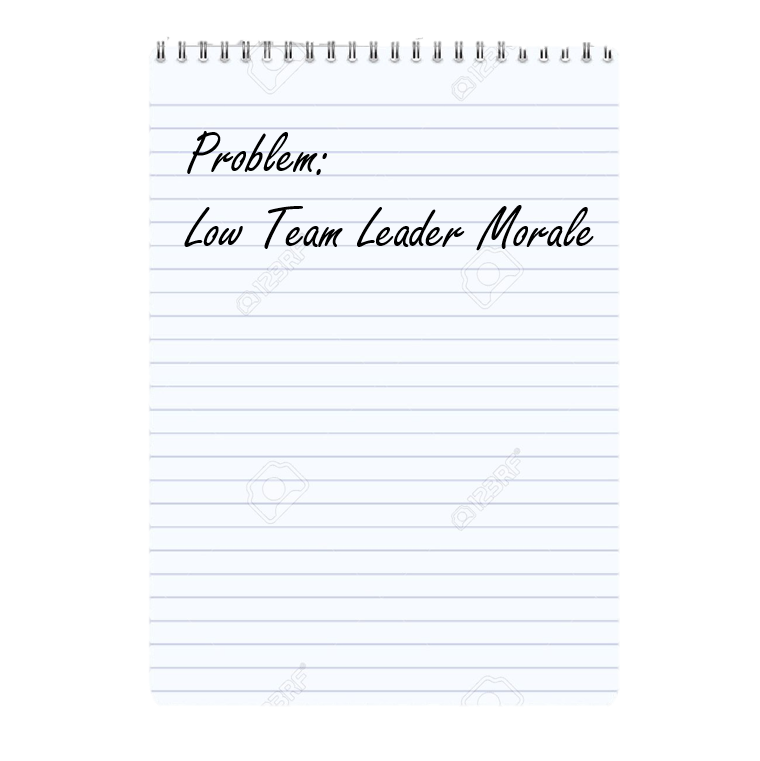Accurate problem assessment is the most critical step in the effective problem-solving process. During assessment a manager gathers all possible information about the problem, determines the real problem or root cause and formulates alternative problem statements.
The first step in using Situation Analysis is to make the problem statement visible. Write it down!
- Become aware of the problem.
- Gather information about the problem.
- Identify the real problem/root cause.
- Formulate the problem and alternative statements.
- Look for the obvious.

Separating the pieces of a problem allows you to focus your energy on those areas that most affect the initial problem – and at the same time let you see the problem.
At this point, you do not have to analyse or conclude anything.
Just jot down as many parts and pieces of the problem as you can think of.
Many problems have several related causes, some major and some minor. To be effective, you need to devote your time to the major causes that can be changed. With today’s tight schedules, you simply do not have time to do everything. Therefore, fix the things that matter most by making them visible components, determining causes and results – and then assigning priorities only to the causes.
A simple way to assign priorities is to use the categories of:
- Seriousness,
- Urgency, and
- Growth.
Rate each suspected cause as having a high (H), medium (M) or low (L) degree of (1) seriousness (2) urgency and (3) growth.
Seriousness
How serious is this cause in relation to the other causes?
How big is it?
How bad is it?
How frequently is it occurring?
Money-wise, how important is this part of the problem?
Urgency
Do I have to drop everything else and take care of this today?
Can I do it just as well next week?
Can this part of the problem wait until next month?
Growth
If I do not take care of this cause now, will it get worse?
Will it soon spread out of control?
Does it have a growing financial impact?
Click here to listen to the story of Old Jake's low team morale.
Click here to see how Old Jake's low team morale was applied in a situational analysis.